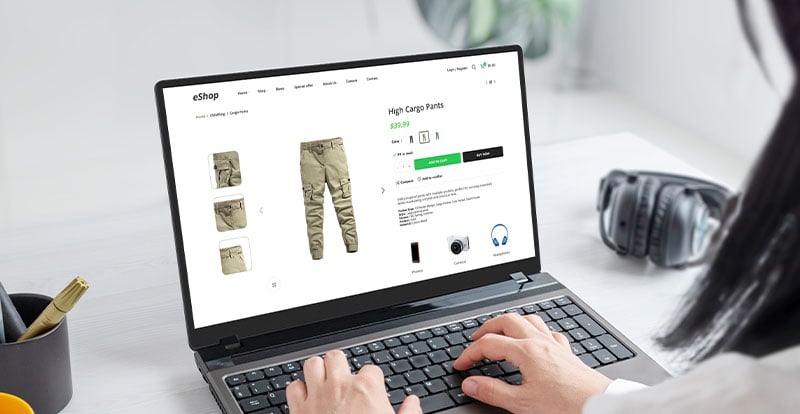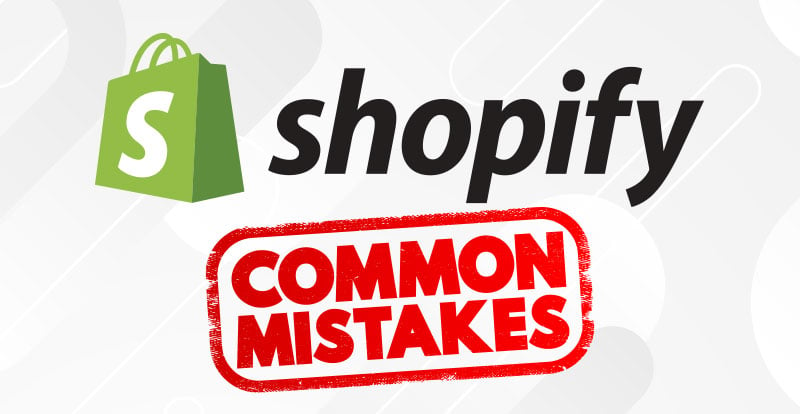The ‘buyer journey’ doesn’t end at the purchase. The post-purchase experience is nearly as important as the actual sale, especially when you consider metrics like Average Order Value (AoV), Customer Lifetime Value (CLV), and Customer Acquisition Cost (CAC). Customer satisfaction and retention are hugely important details, particularly for the millions of Shopify store owners who are all vying for attention. Luckily, the stats are on their side—50% of Shopify stores see repeat business. How do they nail such impressive numbers? They focus on the entire customer experience, not just the checkout.
To achieve those kinds of numbers, any Shopify store owner needs to keep an eye on what customers love and what they don’t. Boosting metrics like AoV and CLV starts with treating customers right, which in turn can help lower your CAC by turning happy buyers into loyal fans. There are plenty of ways to earn consumer loyalty, but it all begins with genuinely valuing your customers. Their satisfaction isn’t just a nice-to-have—it’s crucial for your business’s success.
The customer’s post-purchase experience plays a huge role in whether they come back for more, boosting your CLV and making each acquisition cheaper over time. If your business isn’t getting repeat sales, it’s time to figure out why and make some tweaks.
In this article, I’m going to dive into the importance of the post-purchase experience, explore after-purchase processes that can drive improvements, and share strategies that enhance customer satisfaction and loyalty on your Shopify store.
Ensuring a Seamless After-Purchase Process
The finish line for a Shopify store owner isn’t the final “Buy” button, your customers need more than that to know they're dealing with a trusted source.
Order Confirmation and Updates
Don’t leave customers wondering when or how they’re getting their order. A simple confirmation system can provide immediate ease and consistent updates can help them stay informed. Not everyone’s package service is as reliable as others. Giving customers shipping updates on their orders allows them to prepare for the package instead of hoping it stays on their doorstep until they get home.
Considering shipping update emails have a 91% open rate, they’re going to be a key factor in your customer’s satisfaction.
Clear Communication
Don’t leave customers hanging. That’s basically lesson one of customer service, and it’s just as relevant to any Shopify store. Set expectations on how quickly a delivery or purchase will take. That includes delivery and arrival dates.
When there’s a delay, don’t keep customers in the dark. It may cause some frustration, but most customers are patient when it comes to the orders they truly want. Keep them informed on when any delay or issue occurs and they’ll be all the more confident that you’re going to rectify the issue.
Efficient and Timely Problem Resolution
Customers don’t like to wait unless they have to, especially when they’re waiting for solutions instead of deliveries. When there’s an issue, make sure it’s dealt with quickly and efficiently.
Accessible Customer Support
Customers are going to have complaints, whether they’re valid or not, so make sure there’s a contact form they can use to provide those complaints. Not only does it make it easier for that customer, but it shows that you care about their experience. It says that you want to know how it went, especially when a problem occurs.
Make sure that the contact form, or a link to it, is available anywhere customers find you. That includes your company website, email, and even social media profiles.
Rapid Response Times
Customers who experience problems should be your number one priority. The last thing any Shopify business needs is for a complaining buyer to experience even more problems. Not only will you lose that customer, but many will spread their negative opinion about your business.
That’s why rapid response times lead to better customer satisfaction. Consider apps and software like Gorgias that specialize in providing fast and informative chat boxes and other customer service channels that filter out minor issues and help you to more efficiently deal with high-priority problems.
Encouraging Customer Reviews Without Overwhelming Those Customers
Customers don’t like getting bothered. That makes it particularly difficult to ask for reviews, but it’s still a bridge that every Shopify store needs to cross. Reviews can make or break a business, but you have to ask for them in the right ways.
Timing the Review Request
Don’t start inundating the customer with review requests before they’ve made an order. There’s a time and place for everything, especially when you want someone to advocate for your business. Use automated functions that are set to arrive after deliveries are made or services are provided, that way any issues have likely already been addressed and the customer has gotten to spend time with their order.
Incentivizing Reviews
If customers aren’t providing enough reviews, provide reasons for them to review the business! Small perks or discounts can be a great way to generate some good buzz. Then, offer even more perks for people who go out of their way to shout out your business. That could include likes or shares on social media or even short videos like UGC (user-generated content).
Building Trust with Authentic Feedback
Just because you’re offering incentives doesn’t mean that the reviews are fake. Users can smell a scam from a mile away. That includes fake or overly preachy reviews that sound more like actor dialogue than a genuine endorsement. Find a way to get natural and authentic reviews that can build a brand instead of making it seem plastic. Then you can even use those positive reviews to bolster your marketing, we even feature our Google reviews on our homepage.
Cultivating Return Customers / Repeat Buyers
This is the toughest nut to crack, but when you do, you get brand loyalty that can’t be bought. All you need to do is plan for and treat your customers the right way.
Segmenting Your Email List
Your email list is worth its weight in gold, but some of those emails are worth more than others. Creating email funnels is a huge step for any sales department. They help to map out the customer journey and ultimately boost sales.
Follow-up emails are just as important, considering follow-up emails have a reply rate that almost hits 50%. Not every follow-up situation is the same though.
Your email list needs to be separated into sections based on the number of orders you’ve received from that customer. A customer with 5+ sales on your Shopify store shouldn’t be receiving the same offers or early access as those who just made their first purchase.
Exclusive Offers to Loyal Customers
Speaking of offers, make sure your highest-paying customers are getting plenty of them. The more purchases a buyer makes the more incentives your business should be providing. It could be discounts, it could be access to prototypes, or new items. Either way, they show just how much that customer’s loyalty means to you, and that’s money in the bank.
Creating a Loyalty Program and Making It Easily Accessible
As soon as a club is created some people will want to join it. A loyalty program can work wonders in your community. It helps to make customers feel closer to the business and it makes it easier for them to make a repeat purchase. Any Shopify store with consistent offers or loyalty programs will see an uptick in business. Customers are 70% more likely to recommend a business if it has a loyalty program, so offer one to any customer who will have it.
Take Care of Your Customers
To make sure your customers are truly getting taken care of, here are a few more strategies you should employ.
Personalized Communication
Acknowledge your customers in a personal way. If they have to submit a birthday to use your website, send them a birthday message or offer. When a year has passed since their first purchase, send a brief anniversary message. Make sure item recommendations are personalized based on their actual purchases and not general emails that’ll just get ignored.
Gathering and Implement Feedback
Customers want to be listened to so give them the opportunity. Encourage them to offer their feedback on items, purchases, or the service in general. Then actually use that feedback to make improvements.
Customers will be happy about both the changes and the fact that you listened in the first place.
Leveraging Social Proof
When a customer delivers a passionate review of your business, feel free to share it with others. Social proof is extremely valuable. Not just because it’s a positive review, but because they often include personal stories that customers can relate to. That alone will help turn some users into first-time customers. For other users, offer forms of engagement on social media. Be the company that those passionate testimonials said you were and your Shopify store will see the success it deserves.
The customer experience is the most important aspect of the buyer journey, and the includes the post-purchase experience. Cultivate a journey that provides information, help, and whatever else the customers needs and they’ll be much more likely to reward you with a repeat buy.




